The United States is home to an incredible array of wildlife, some found nowhere else on Earth. From the rugged mountains to the vast deserts and dense forests, these unique animals have adapted to their environments in fascinating ways.
1. American Bison
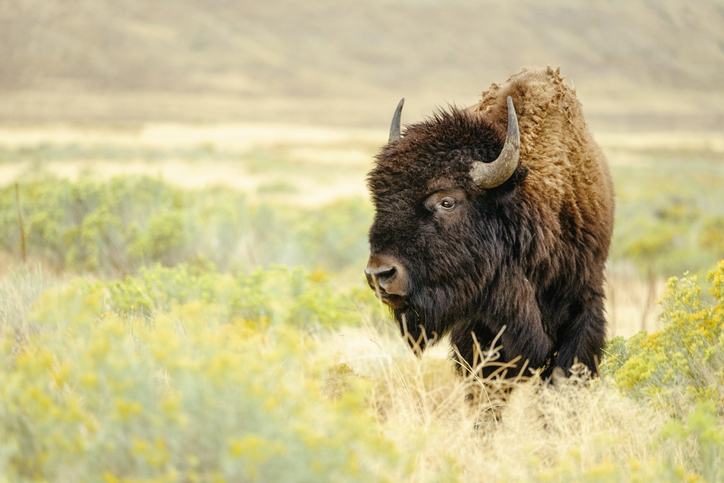
The American bison, often referred to as buffalo, is an iconic symbol of the American West. These massive creatures once roamed the Great Plains in the millions, but their population was decimated during the 19th century due to hunting and habitat loss. Today, conservation efforts have helped restore their numbers, and they can be found in national parks and reserves according to National Park Service.
Bison are the largest land mammals in North America, with males weighing up to 2,000 pounds. Despite their size, they are surprisingly agile and can run at speeds of up to 35 miles per hour. Their thick fur and humped shoulders help them survive harsh winters, while their grazing habits play a crucial role in maintaining the prairie ecosystem. Seeing a herd of bison in the wild is a truly awe-inspiring experience and a reminder of America’s natural heritage.
2. California Condor
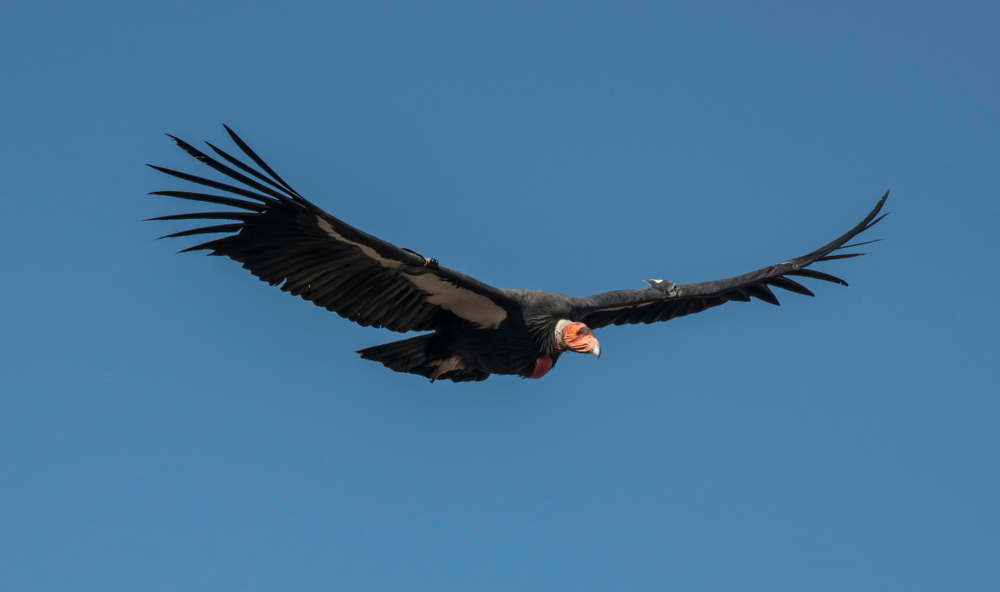
The California condor is one of the rarest birds in the world and a true conservation success story. With a wingspan of up to 9.5 feet, it is the largest flying bird in North America. These majestic birds were once on the brink of extinction, with only 27 individuals remaining in the 1980s, according to the U.S. Fish & Wildlife Service. Thanks to captive breeding programs, their population has slowly increased, and they can now be found in parts of California, Arizona, and Utah.
California condors are scavengers, feeding on the carcasses of large animals like deer and cattle. Their role in the ecosystem is vital, as they help prevent the spread of disease by cleaning up dead animals. Despite their recovery, they still face threats from lead poisoning and habitat loss. Seeing a California condor soaring through the sky is a rare and unforgettable sight.
3. Key Deer
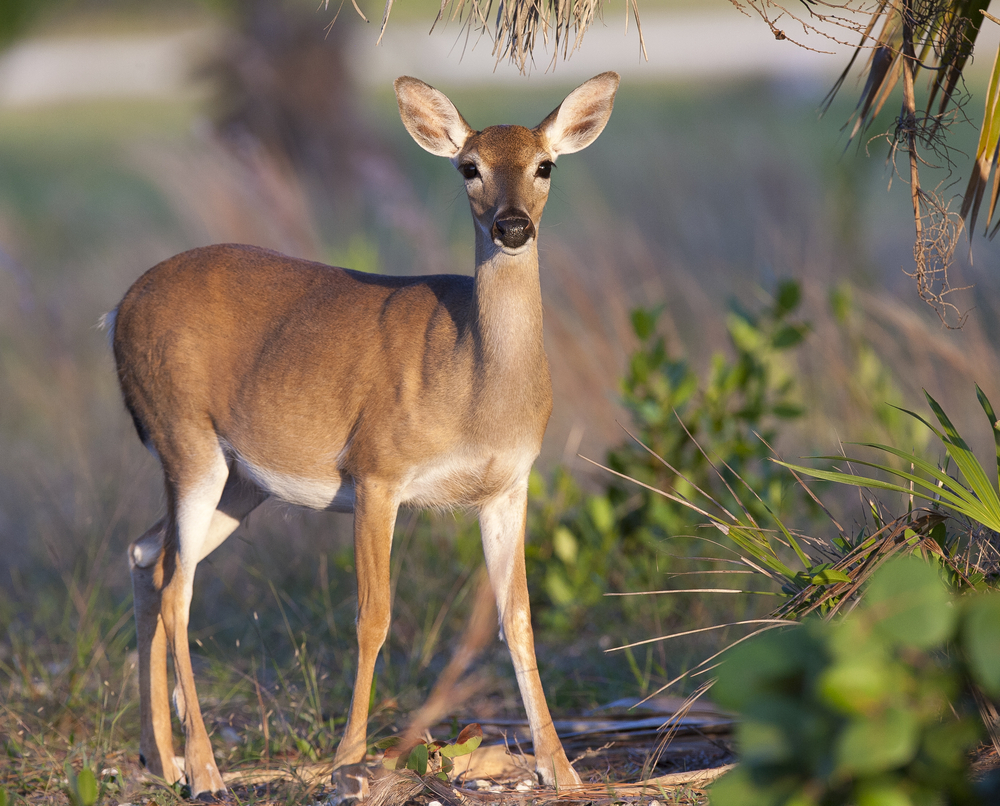
The Key deer is a small subspecies of white-tailed deer found only in the Florida Keys. Standing just 24 to 32 inches tall at the shoulder, these deer are the smallest in North America. They are well-adapted to their island habitat, where they feed on a variety of plants and freshwater sources, according to the National Wildlife Federation.
Key deer are a conservation success story, as their population has rebounded from just 25 individuals in the 1950s to around 1,000 today. However, they still face threats from habitat loss, vehicle collisions, and rising sea levels due to climate change. Efforts to protect their habitat and educate the public about their plight are ongoing. These tiny deer are a unique and cherished part of Florida’s wildlife.
4. Pronghorn
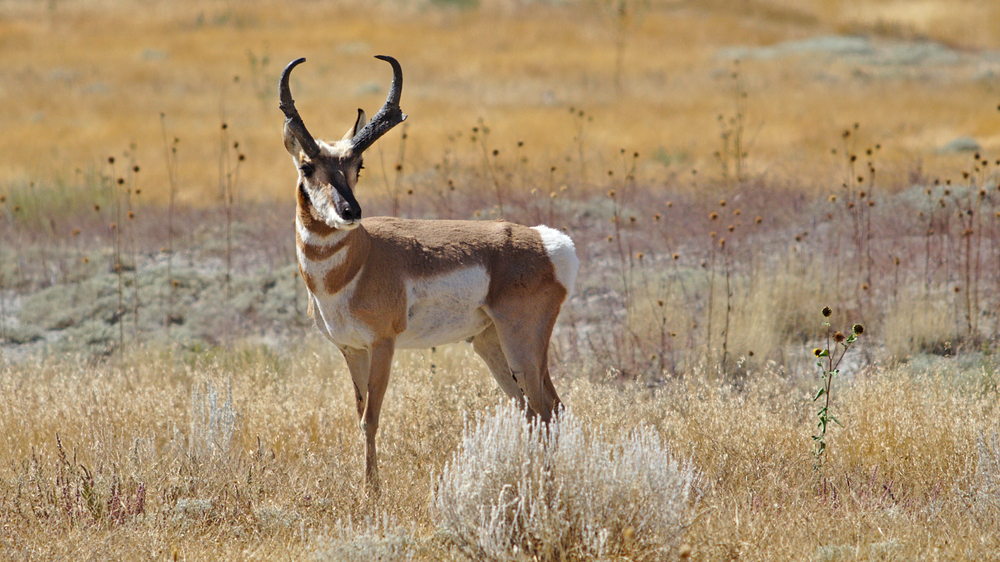
The pronghorn is often called the “American antelope,” although it is not closely related to true antelopes. Found in the western United States, this unique animal is the fastest land mammal in North America, capable of reaching speeds of up to 55 miles per hour. Its speed and keen eyesight help it evade predators like coyotes and mountain lions.
Pronghorns are known for their distinctive horns, which are shed and regrown annually. They are also remarkable for their long migrations, traveling hundreds of miles between summer and winter ranges. Despite their adaptability, pronghorns face challenges from habitat fragmentation and fencing that disrupts their migration routes. Protecting these iconic animals is essential for maintaining the health of the western grasslands.
5. Red-Cockaded Woodpecker
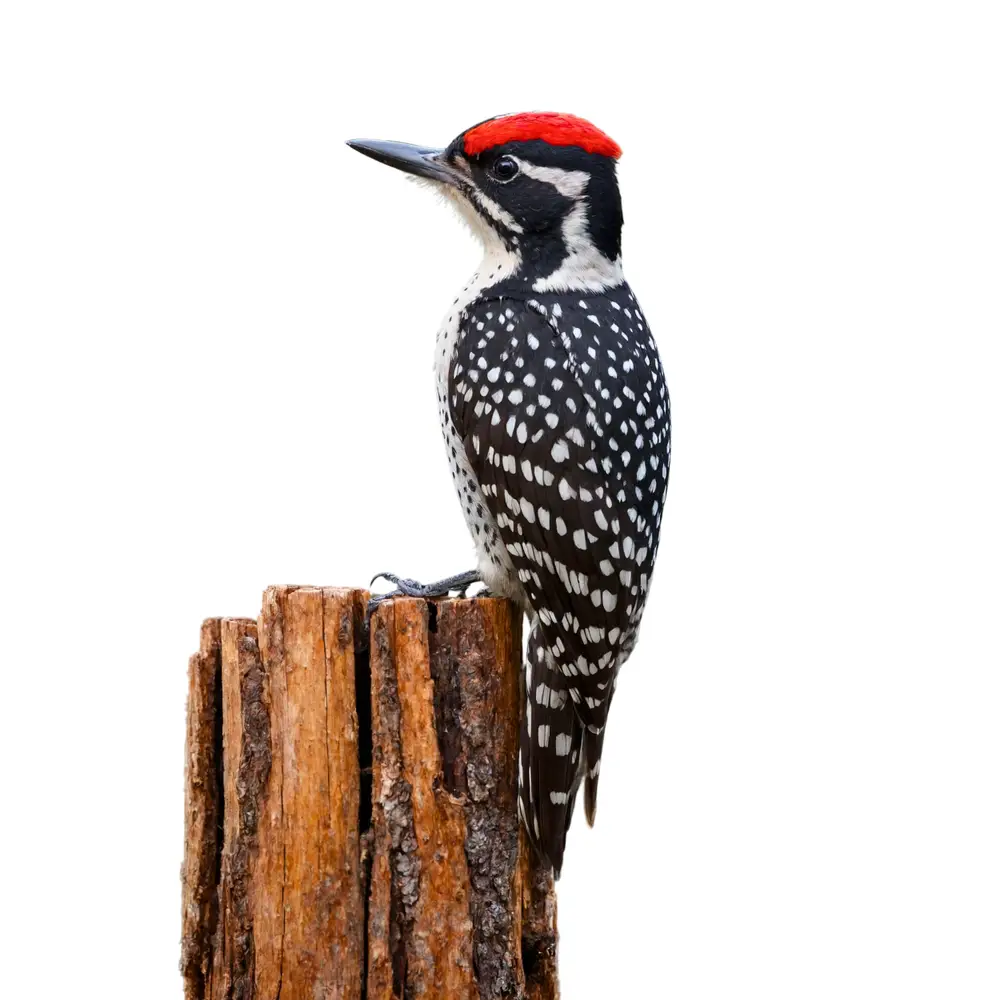
The red-cockaded woodpecker is a small, endangered bird found in the pine forests of the southeastern United States. Unlike other woodpeckers, this species excavates its nests in living pine trees, which can take several years to complete. These cavities provide homes not only for the woodpeckers but also for other wildlife like squirrels and owls.
Habitat loss due to logging and urban development has severely impacted the red-cockaded woodpecker population. Conservation efforts, including controlled burns and artificial nest cavities, have helped stabilize their numbers. These birds are a symbol of the importance of preserving old-growth forests and the delicate balance of ecosystems.
6. Hawaiian Monk Seal
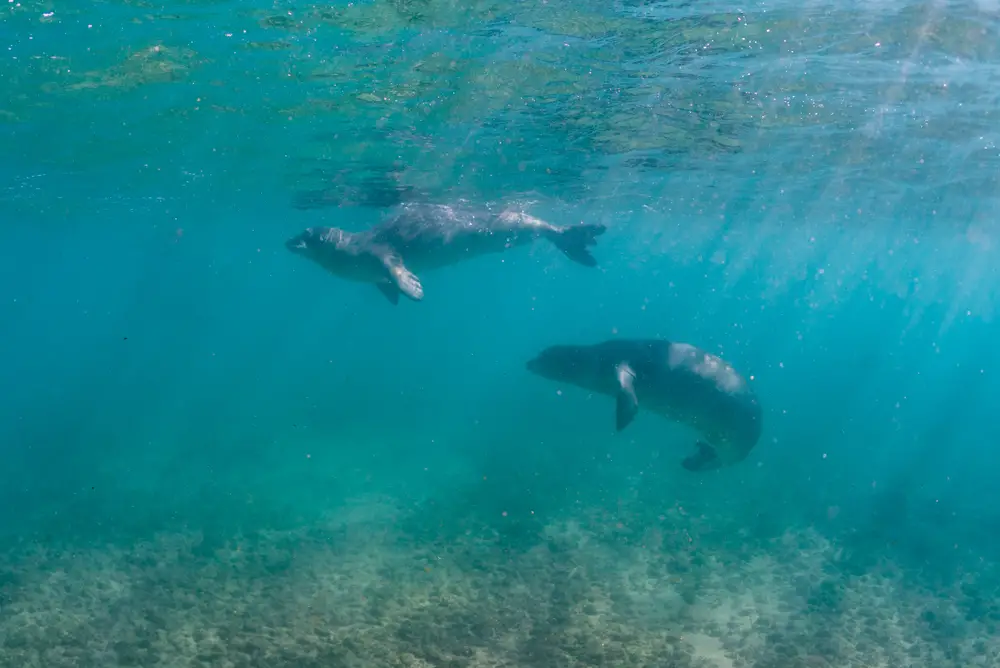
The Hawaiian monk seal is one of the most endangered marine mammals in the world, with only about 1,400 individuals remaining. Found exclusively in the Hawaiian Islands, these seals are known for their solitary nature and distinctive appearance. They spend much of their time in the water, feeding on fish, squid, and crustaceans.
Hawaiian monk seals face numerous threats, including entanglement in fishing gear, habitat loss, and climate change. Conservation efforts, such as beach cleanups and public education campaigns, are helping to protect these unique animals. Seeing a Hawaiian monk seal basking on a remote beach is a rare and special experience.
7. Island Fox
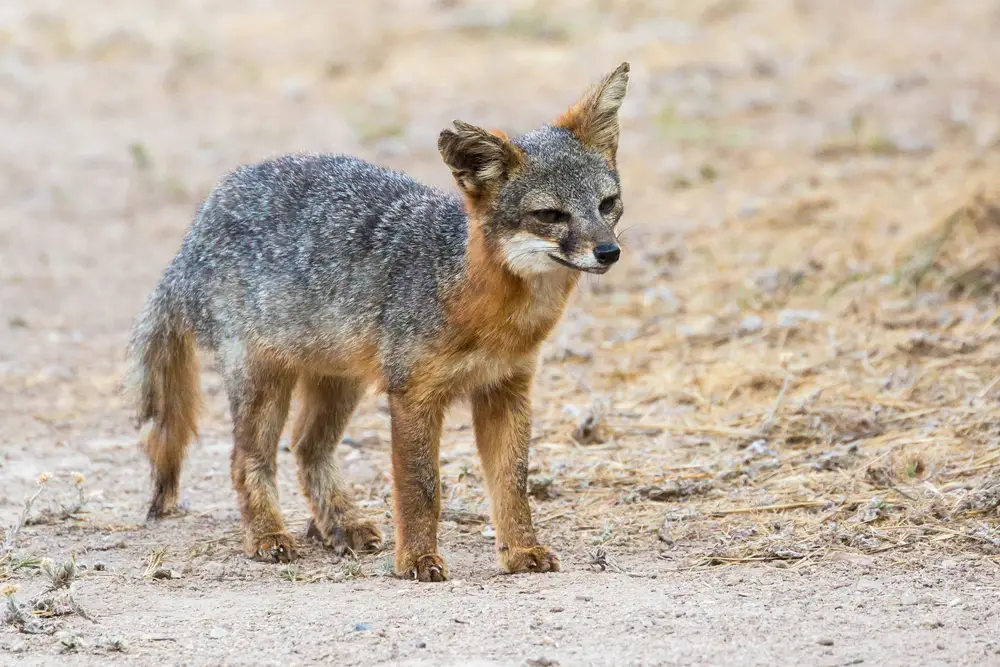
The island fox is a small, charismatic species found only on the Channel Islands off the coast of Southern California. Weighing just 4 to 6 pounds, these foxes are the smallest canids in North America. They are known for their adaptability and have evolved to thrive in the unique island environment.
In the 1990s, the island fox population plummeted due to predation by golden eagles and disease. Thanks to intensive conservation efforts, including captive breeding and habitat restoration, their numbers have rebounded. These foxes are a testament to the resilience of wildlife and the importance of protecting isolated ecosystems.
8. Gunnison Sage-Grouse
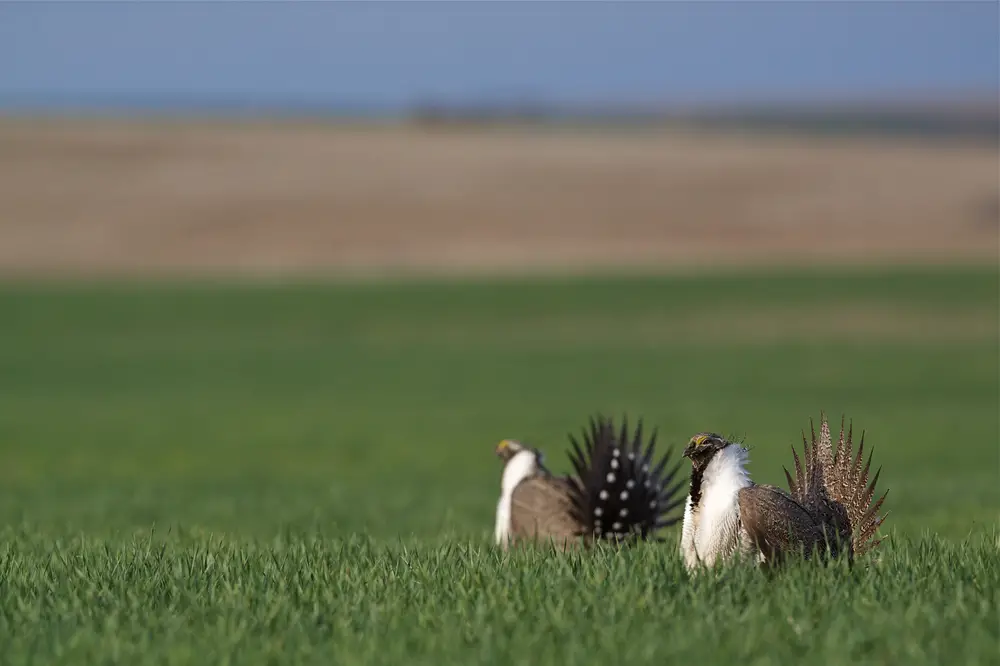
The Gunnison sage-grouse is a rare bird found only in southwestern Colorado and southeastern Utah. Known for their elaborate mating displays, these birds gather in leks to perform dances and calls to attract females. Their habitat consists of sagebrush plains, which are increasingly threatened by development and agriculture.
With fewer than 5,000 individuals remaining, the Gunnison sage-grouse is considered a threatened species. Conservation efforts focus on protecting and restoring sagebrush habitats, which are crucial for their survival. These birds are a symbol of the delicate balance between human activity and wildlife conservation.
9. Florida Panther
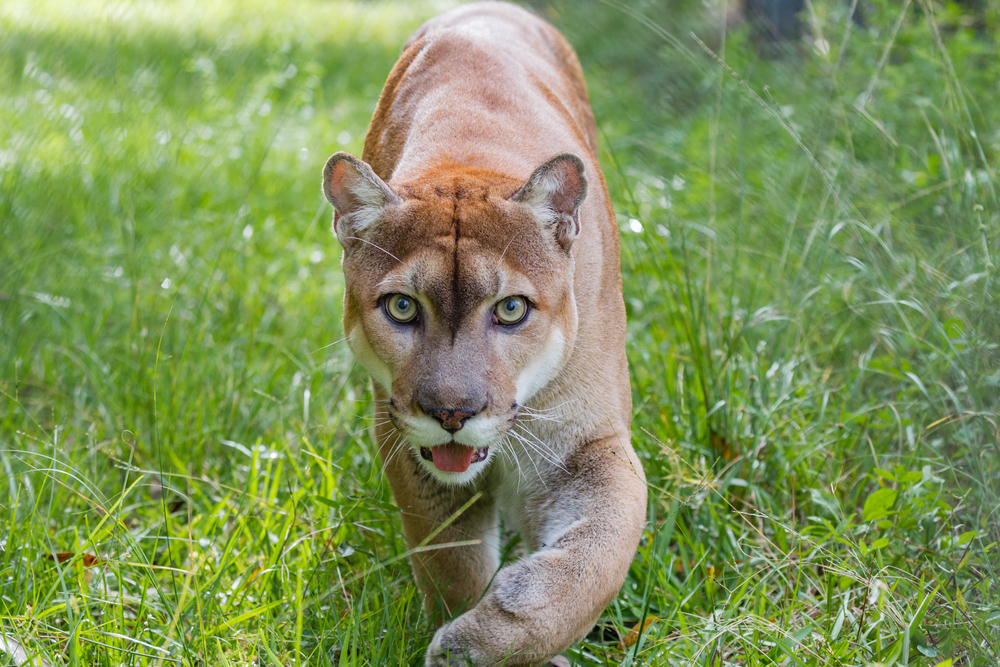
The Florida panther is a critically endangered subspecies of cougar found only in the swamps and forests of southern Florida. With fewer than 200 individuals remaining, these big cats are one of the rarest mammals in the United States. They are known for their elusive nature and adaptability to a variety of habitats.
Habitat loss, vehicle collisions, and genetic bottlenecks are the primary threats to the Florida panther. Conservation efforts, including wildlife corridors and captive breeding programs, are helping to stabilize their population. Protecting these majestic animals is essential for maintaining the biodiversity of Florida’s ecosystems.
10. Black-Footed Ferret
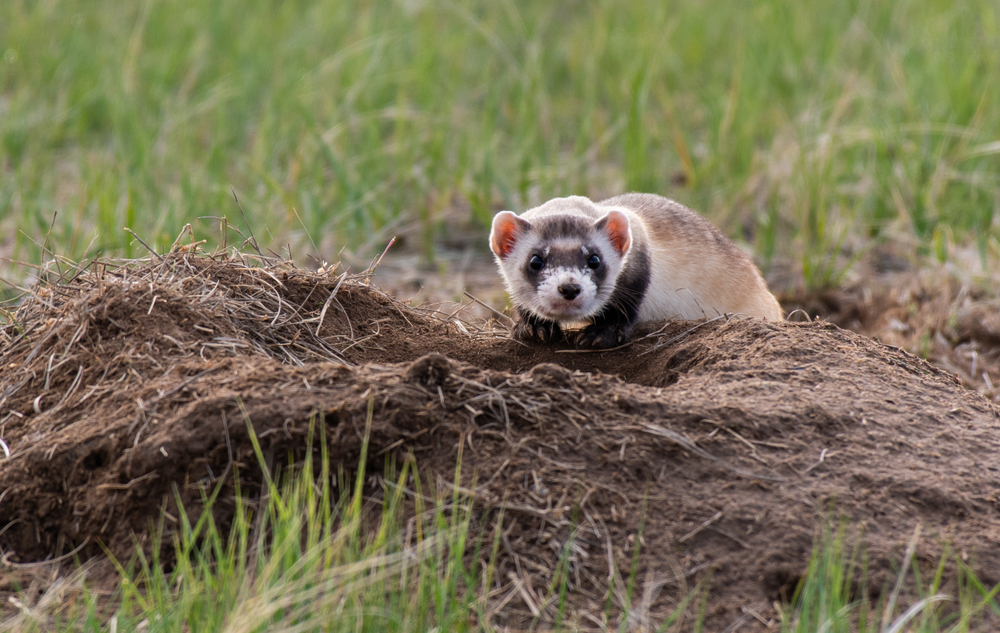
The black-footed ferret is one of the most endangered mammals in North America, with only a few hundred individuals remaining. Found in the Great Plains, these small predators rely on prairie dogs for food and shelter. Their survival is closely tied to the health of prairie ecosystems.
Once thought to be extinct, the black-footed ferret was rediscovered in the 1980s, leading to a successful captive breeding program. Today, they are being reintroduced to their native habitats, but they still face threats from disease and habitat loss. These ferrets are a symbol of the importance of conserving America’s grasslands.
11. Sierra Nevada Red Fox
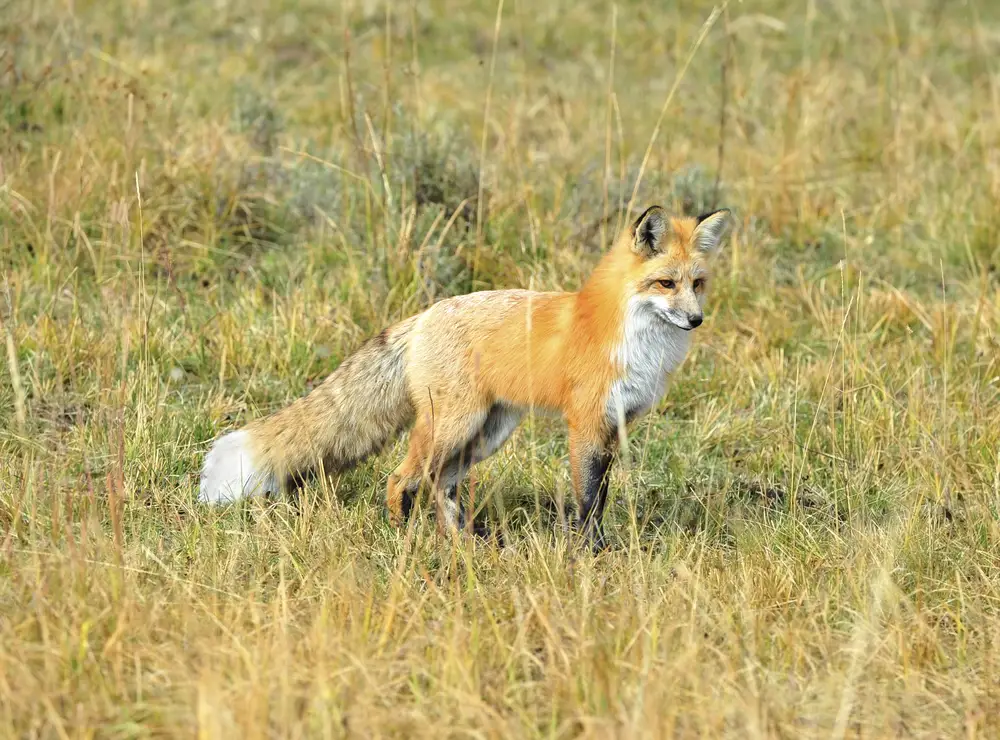
The Sierra Nevada red fox is a rare subspecies found only in the high-elevation regions of California’s Sierra Nevada mountains. Known for their thick fur and bushy tails, these foxes are well-adapted to the cold, snowy environment. They are elusive and rarely seen by humans.
With fewer than 50 individuals remaining, the Sierra Nevada red fox is one of the rarest mammals in the United States. Threats include habitat loss, climate change, and competition with non-native species. Conservation efforts focus on protecting their alpine habitat and studying their behavior to better understand their needs.
12. Louisiana Black Bear
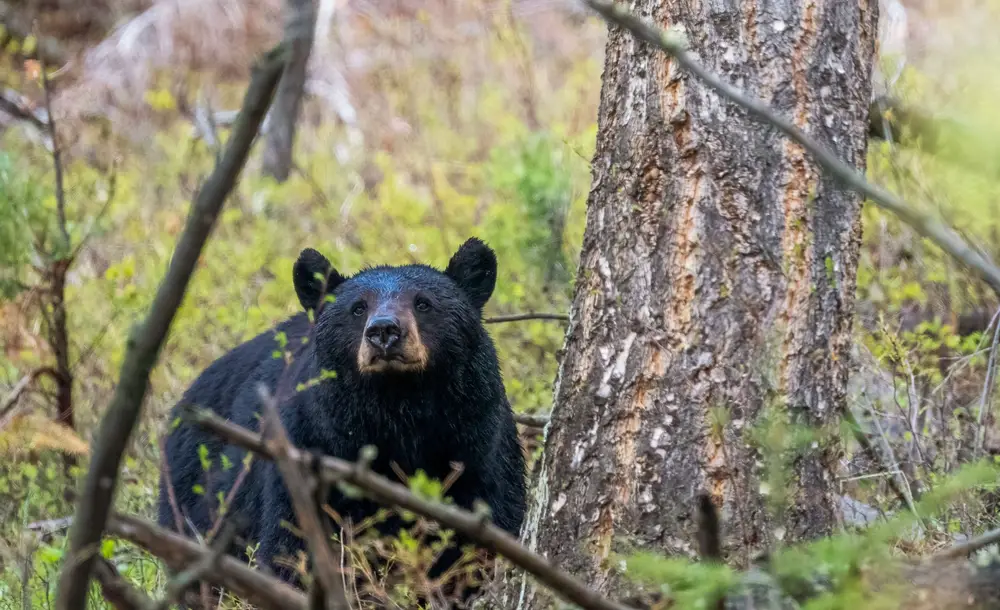
The Louisiana black bear is a subspecies of the American black bear found only in the bottomland hardwood forests of Louisiana, Mississippi, and Texas. Known for their distinctive appearance and gentle nature, these bears are a symbol of the region’s rich biodiversity.
Once on the brink of extinction due to habitat loss and hunting, the Louisiana black bear has made a remarkable recovery thanks to conservation efforts. Their removal from the endangered species list in 2016 was a major milestone. Protecting their habitat is essential for ensuring their continued survival.
13. Sonoran Pronghorn
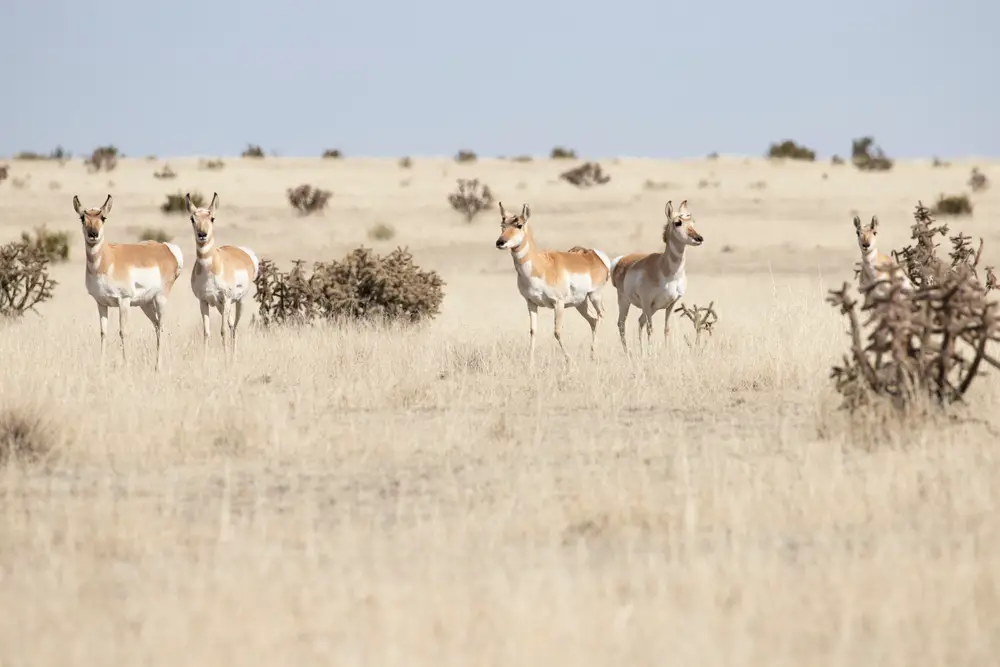
The Sonoran pronghorn is a subspecies of pronghorn found only in the Sonoran Desert of Arizona and Mexico. Known for their incredible speed and endurance, these animals are well-adapted to the harsh desert environment. They are one of the fastest land mammals in North America.
With fewer than 1,000 individuals remaining, the Sonoran pronghorn is considered an endangered species. Threats include drought, habitat loss, and barriers to migration. Conservation efforts, including water provisioning and habitat restoration, are helping to protect these unique animals.
